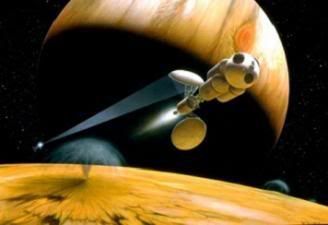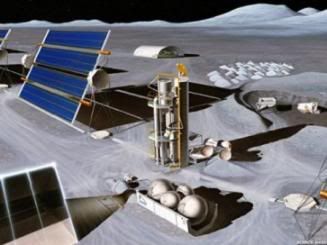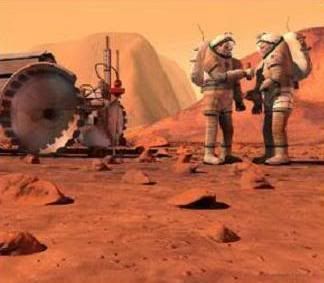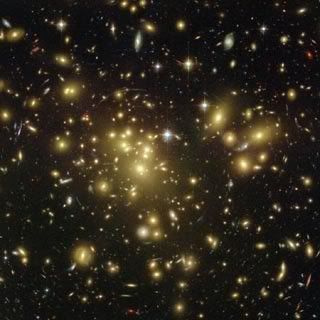Post by glactus on Mar 10, 2008 8:16:26 GMT

Beyond Jupiter
To the Moon, on to Mars, and then to the Stars. To go where no man has been before. To sow the seeds of the human race in planetary systems that scientists have proven to be Earth-like. To colonize these distant worlds, and to guarantee the survival of the species. That is the grand vision of humankind.

Alpha
With technology in thrust and spacecraft design outpacing that of biological and Cosmological science, we have only been able to go so far - to the Moon - and it's cost us the lives 21 Astronauts to get there. Just 250,000 miles from the planet we call home - a distance equal to 10 times around our equator, that's all.
What adversities await us, and what will be the human cost as we venture deep into the void.

The Geologists
The return to the Moon program has been put in place to provide us with a multitude of answers. It will be the first time that astronauts will have sculptured a permanent base on another celestial sphere, and from that humble beginning will come the technologies that will culminate in a great Martian adventure.

The Cosmos - every dot is a galaxy
But then it will stop. Many centuries will go by before we are able to aquire those sciences that will enable us to travel the vast distance that is inter-stellar space, for in that endevour, all sciences pertaining to human support systems will need to be perfected, and speed equations approaching several fractions of the speed of light will have to be sustained.
Then, and only then will the grand vision become possible, and only then will we be able to travel to the stars, deep into the void, to worlds beyond the beyond, and to where the whispers of the cosmos are calling us.
Never to return.

NGC 4258
credits:
All images by NASA
Text by Glactus


